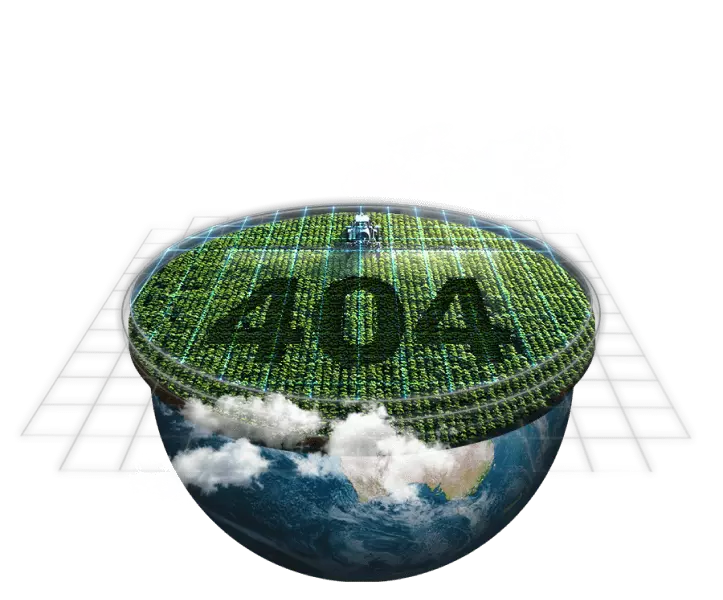
Page Not Found
Oops, you've reached the limit of the universe!
Safely return home or contact us
On your journey back, why not browse through our most popular articles?

Safely return home or contact us
On your journey back, why not browse through our most popular articles?